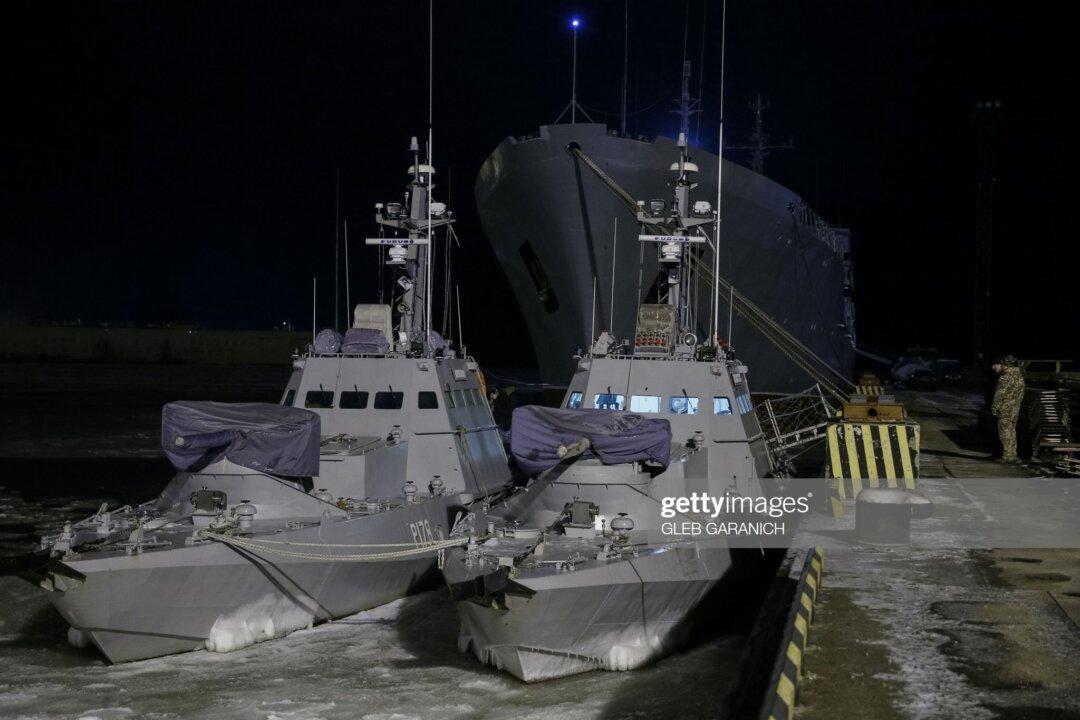The Cold War adage that the United States and the Soviet Union were akin to two scorpions in a bottle—each able to destroy the other in a nuclear holocaust—appears to be reconstructing on the Korean Peninsula.
The Republic of Korea (ROK) counts as one of the very few U.S. successes in nation building in the post-World War II era. During the Korean War (1950–1953), approximately 50,000 U.S. military personnel died along with countless thousands of Korean soldiers and civilians (ROK and North Korean) and myriads of Chinese People’s Liberation Army troops.

Members of the U.N. Security Council vote during a meeting on sanctions against North Korea at the United Nations in New York on March 2, 2016. Don Emmert/AFP/Getty Images





